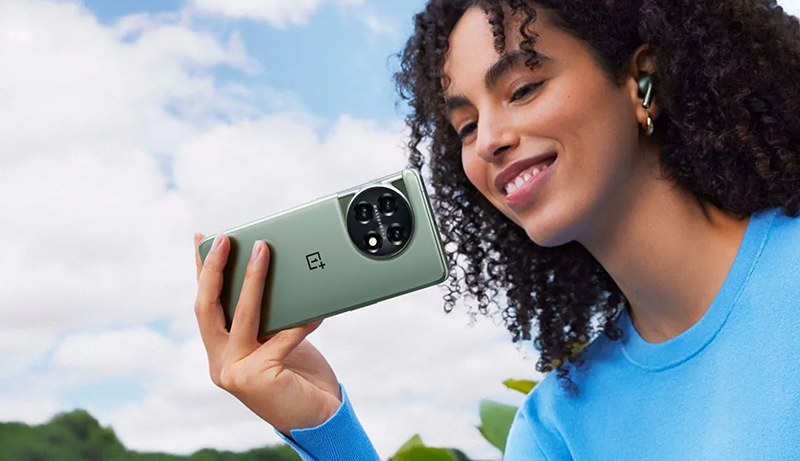As an affiliate, we may earn a commission from qualifying purchases. We get commissions for purchases made through links on this website from Amazon and other third parties.
In today’s saturated smartphone market, selecting the ideal device for videography becomes a meticulous task. A top-tier smartphone for videography should encompass several key features: a high-resolution camera, advanced lens choices, and excellent audio recording capabilities.
In the realm of improved smartphone technology, many phones now incorporate optical or digital image stabilization to mitigate the impact of shaky footage. Moreover, the finest smartphones for video recording offer impressive slow-motion and time-lapse recording capabilities, either through dedicated modes or high frame rate selections within the menu settings. Equally vital is the ability to have manual control over exposure settings like aperture, shutter speed, and ISO.
| Image | Product Name | Editor's Rating | Price |
|---|---|---|---|
| Google Pixel 7 Pro | Check Price | ||
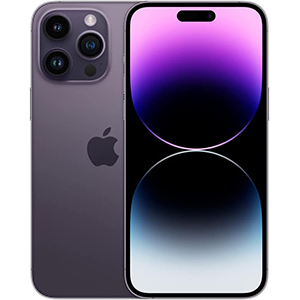 | Apple iPhone 14 Pro Max | Check Price | |
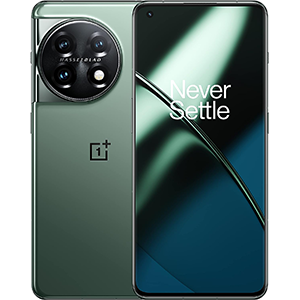 | OnePlus 11 5G | Check Price | |
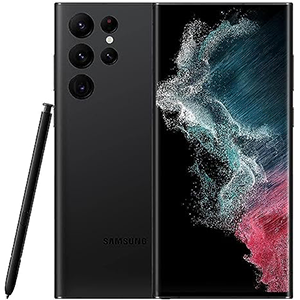 | SAMSUNG Galaxy S22 | Check Price | |
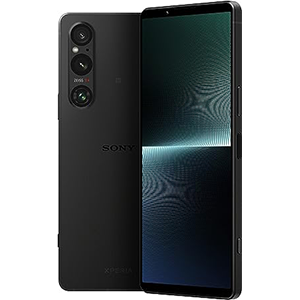 | Sony Xperia 1 V | Check Price |
Best Smartphone for Videography Reviews
While the landscape of top smartphones for videography is ever-evolving, as we step into the current year, the following models represent the most proficient and versatile choices available.
1. Google Pixel 7 Pro
The Google Pixel 7 Pro stands out as an excellent option for videographers, primarily because of its impressive triple-camera setup. On its rear side, you’ll find a 50MP wide-angle (main) camera equipped with a 1/1.31-inch sensor, a 48MP telephoto lens with a 1/2.55-inch sensor, and a 12MP ultra-wide lens featuring a 1/2.9-inch sensor. These larger sensors on the Pixel 7 Pro enable it to capture more light, resulting in exceptionally detailed footage. Notably, the 48MP telephoto lens offers up to 5x optical zoom. Furthermore, all of its cameras support 4K video recording at 60fps, including the front-facing selfie camera.
The Pixel 7 Pro goes above and beyond with features like Night Sight mode, which excels at producing remarkable low-light footage with minimal noise. Its enhanced video stabilization ensures you can film while on the move or zoom into a scene without worrying about shaky footage. The Speech Enhancement mode is a valuable addition, isolating the speaker’s voice while reducing background noise. A noteworthy addition to the Pixel 7 series is Google’s Cinematic Blur mode, which essentially replicates the Portrait Mode effect for videos, beautifully blurring the background while keeping the subject in focus.
With its diverse range of lenses, robust video stabilization, and innovative cinematic features, the Google Pixel 7 Pro is the perfect choice for capturing stunning videos.
2. Apple iPhone 14 Pro Max
The Apple iPhone 14 Pro Max stands out as an exceptional smartphone for videography, boasting a robust array of features. It boasts a generous 6.7-inch Super Retina XDR OLED display with HDR10 support, delivering vibrant and accurate color reproduction. What sets the Pro Max apart is its triple-camera configuration, encompassing ultrawide, wide, and telephoto lenses, making it an excellent choice for capturing various perspectives. Furthermore, the Pro Max is powered by Apple’s formidable A16 Bionic chipset and comes equipped with 6GB of RAM, ensuring it can seamlessly handle demanding tasks.
For videography enthusiasts, the Pro Max offers Apple’s ProRes format, granting users greater control over their video recordings, along with enhanced stabilization for smoother footage. The device elevates Apple’s Cinematic mode with 4K capability at 24fps, enhancing its filmmaking capabilities. What’s more, it boasts an impressive battery life during filming, thanks to its substantial 4323 mAh battery.
The Pro Max also plays well with Apple’s Creative Suite, enabling videographers to edit their videos on the fly. While it undoubtedly offers a wide range of professional features, it’s worth noting that the Apple iPhone 14 Pro Max does come with a higher price tag compared to other devices on this list. Nevertheless, it stands as a top contender for those seeking the pinnacle of smartphone videography.
3. OnePlus 11 5G
If you’re seeking higher resolution capabilities, the OnePlus 11 stands out as one of the select smartphones on this list capable of recording in 8K video quality. While you might initially question the need for 8K resolution, it’s worth noting that many videographers opt for 8K recording to create superior-quality downscaled 4K footage, which can offer a significant advantage.
The OnePlus 11 boasts a camera setup comprising a 50MP primary camera, a 48MP ultrawide camera, and a 32MP “portrait” camera, providing a wide array of options to achieve your desired image quality and composition. Additionally, it features a 16-megapixel fixed-focus front-facing selfie camera, catering to those aiming for professional-grade self-portraits or videos.
What sets the OnePlus 11 apart are its advanced videography features. Both the 50-megapixel main camera and the 32-megapixel short telephoto camera come equipped with impressive Optical Image Stabilization (OIS) capabilities, effectively reducing camera shake and delivering smoother, more polished footage. The device also offers a range of video modes such as Video Nightscape, Video HDR, Video Portrait, Timelapse, and Dual-View video, simplifying the process of filming diverse subjects and scenes.
In the realm of versatile smartphones for videography, alongside the iPhone 14 Pro Max, OnePlus’ latest offering stands as a top choice, catering to videographers looking to harness the power of high-resolution recording and an array of advanced features.
4. SAMSUNG Galaxy S22
The Samsung Galaxy S22 Ultra, another standout contender on this list, possesses the capability to record videos in glorious 8K resolution. Moreover, it offers versatile options such as 4K at 60fps and two slow-motion video choices: 1080p at 240fps and 720p at 960fps, ensuring you can adapt to various filming scenarios.
At the core of the Samsung Galaxy S22 Ultra lies a formidable 108MP primary camera, a 12MP ultra-wide-angle lens, and a 10x hybrid optical zoom lens. This trifecta empowers you to capture high-resolution photos and videos from a plethora of angles, preserving every precious moment in exceptional detail.
The S22 Ultra is also armed with an array of intelligent features, including Single Take, enabling users to capture multiple photos and videos with a single action. Its Night Mode excels at delivering detailed and well-lit shots even in low-light conditions. Under the hood, the S22 Ultra packs a punch with its 4nm Qualcomm SM8450 Snapdragon 8 Gen 1 chipset, ensuring swift and seamless video recording and editing.
Further enhancing the experience is the S22 Ultra’s 6.8-inch Dynamic AMOLED 2X HDR10+ display, which offers an expansive and immersive viewing canvas with vivid and dynamic visuals. The display’s support for a high refresh rate of 120Hz adds an extra layer of smoothness, making navigation through your footage or menu options effortless. In sum, the Samsung Galaxy S22 Ultra is the ultimate choice for individuals seeking to record and edit videos with uncompromising quality and performance.
5. Sony Xperia 1 V
The Sony Xperia 1 V stands as one of today’s premier smartphones for videography, offering a host of impressive features. To begin with, it boasts a striking 6.5-inch 4K HDR OLED display with 10-bit color representation, presented in a cinematic 21:9 aspect ratio. This setup is ideal for enjoying videos in widescreen splendor, with visuals that pop and exhibit remarkable clarity.
Equipped with a triple rear camera system, including a 52MP primary lens, a 12MP telephoto lens, and a 12MP ultra-wide lens, the Xperia 1 V might seem modest in pixel count, but its sensors excel in low-light conditions, delivering noise-free images with a captivating range of tones. Notably, this trio of lenses spans focal lengths of 16mm, 24mm, and the telephoto option provides a genuine optical zoom ranging from 85mm to 125mm. This versatility allows for an array of shooting possibilities, from wide-angle captures to zoomed-in scenes.
All three cameras support 4K HDR 120fps video recording, along with features like Eye AF and Object tracking, simplifying the focusing process. The Xperia 1 V also facilitates live streaming directly to video streaming platforms from your phone through Sony’s Videography Pro app.
Further enhancing its videography capabilities, the Xperia 1 V incorporates features like SteadyShot stabilization and an AI-assisted autofocus system, empowering videographers to achieve optimal results in their footage. Under the hood, it relies on the Qualcomm Snapdragon 8 Gen 2 processor, ensuring smooth performance when editing and viewing videos. In sum, the Sony Xperia 1 V is a top-tier choice for videographers, offering a blend of high-quality display, versatile camera capabilities, and robust processing power.
How much should you budget for the best smartphone for video?
When it comes to the cost of a top-notch smartphone designed for video enthusiasts, prices can fluctuate based on the brand, specific model, and regional factors. Generally. Naturally, flagship models will tend to occupy the upper end of this price range due to their cutting-edge features and performance.
However, even if you’re on a tighter budget, it’s still possible to find smartphones tailored for videography at the lower end of the spectrum. These devices may offer compelling video recording capabilities without breaking the bank, ensuring accessibility to quality video recording for a broader range of consumers.
Final Verdict
In the realm of smartphone videography, the spotlight predominantly falls on flagship models from renowned brands like Apple, Sony, Samsung, Google, OnePlus, and a select few others. These flagship devices tend to offer the most advanced video recording features and capabilities.
Furthermore, it’s worth noting that the exceptional videography prowess of these brands often trickles down to their mid-range smartphone models. Over time, signature technologies and innovations migrate to these more affordable options, extending the reach of high-quality video recording beyond the flagship range.
For budget-conscious individuals, brands such as OnePlus and Motorola have introduced entry-level models that prioritize essential features while still delivering commendable camera and video capabilities. Notable examples include the OnePlus Nord and the Motorola G series.
